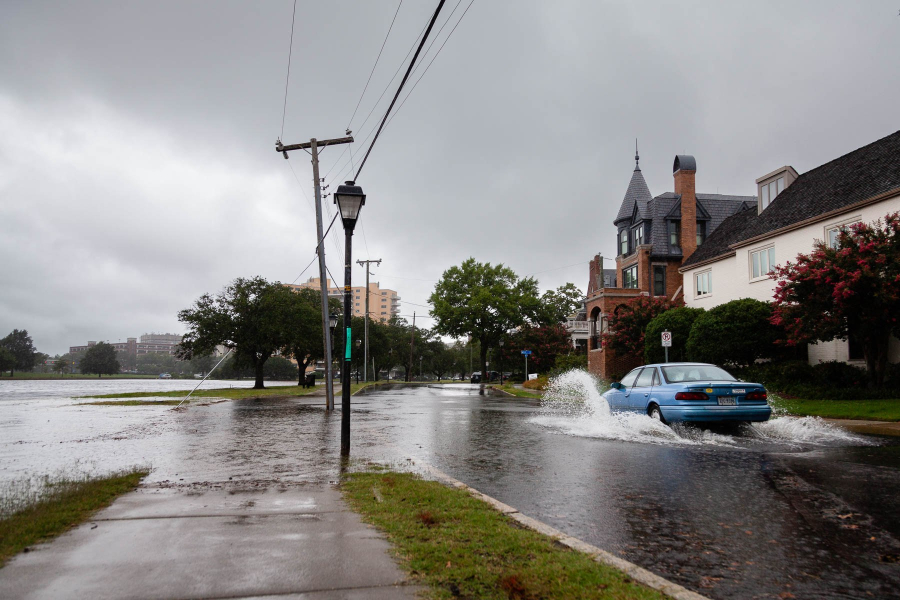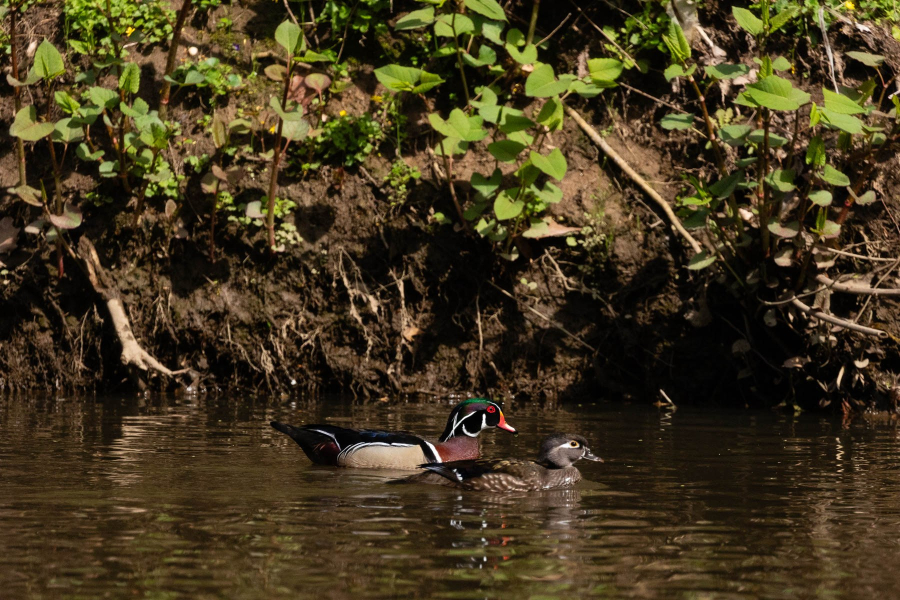Students from across the U.S. spend their summer advancing Bay restoration
Chesapeake Research Consortium expands diversity in the environmental field

Each summer close to a dozen college students from across the country take on some of the biggest issues facing the Chesapeake Bay.
The C-StREAM program (Chesapeake Student Recruitment, Early Advisement and Mentoring) recruits, advises and mentors college students from populations who have been historically excluded from the environmental field. Working through the Chesapeake Research Consortium (CRC), these students explore critical research and outreach projects that help us work toward a healthier Bay.
This summer, 12 C-StREAM fellows took on research projects related to forest health, flooding, fish migration and more.
One of those was Kellene Wotring, a student at Sweet Briar College. Wotring worked with researchers at Old Dominion University on a project looking at how sea level rise and changing precipitation patterns will affect groundwater levels in Norfolk, Virginia. Located at the mouth of the Bay, Norfolk has experienced significant flooding due to sea level rise and land subsistence. Wotring used the geospatial mapping tool ArcGIS to gather data for the project, and produced a map of different stormwater management practices in the city.
Wotring said that becoming more familiar with ArcGIS will help her in her career, and that she developed a strong network during the internship program.
“I wouldn’t want to be anywhere else,” Wotring said.

Fellow Diego Henriquez spent his summer contributing to research on invasive Japanese knotweed, which threatens the health of riparian forest buffers. Henriquez created a GIS map of knotweed along a stream in Rock Creek Park in Washington, D.C., then produced a cost-benefit analysis for managing the invasive plant in the park. Forest buffers are critical to the health of a waterway and expanding buffers is a goal of the Chesapeake Bay Program.
“Diego’s work was invaluable in better understanding how invasive species impact forest buffers and the health of the Bay,” said Lorenzo Cinalli, a watershed program specialist with the U.S. Forest Service and coordinator of the Chesapeake Bay Program’s Forestry Workgroup, who served as a co-mentor to Henriquez.
Fellows presented their work during a symposium at the Smithsonian Environmental Research Center in Edgewater, Maryland. Over 100 students and environmental professionals from across the watershed attended online or in person.
History has shown that people of color and other diverse communities are underrepresented in the environmental field. This means that the decisions about what policies to support, what programs to fund and where to focus restoration have historically been made by a largely white, male population. Programs such as C-sTREAM are meant to flip the script. The program provides students with critical experiences needed to get into the environmental field and provides leading research institutions with new perspectives.
“This program is important because it has successfully evolved and strengthened a leadership pipeline that attracts and retains a diverse community of both undergraduate mentees and mentors,” said Randy Rowel, the program coordinator for C-StREAM. “This program helps advance research in the Bay and sets students up for success in their careers.”
Details on all eight projects can be found on the C-StREAM website, where you can also find a link to the symposium presentations.

Comments
There are no comments.
Thank you!
Your comment has been received. Before it can be published, the comment will be reviewed by our team to ensure it adheres with our rules of engagement.
Back to recent stories